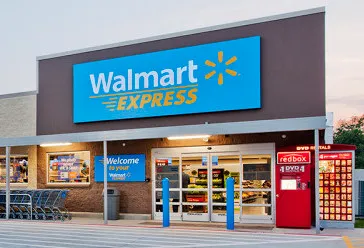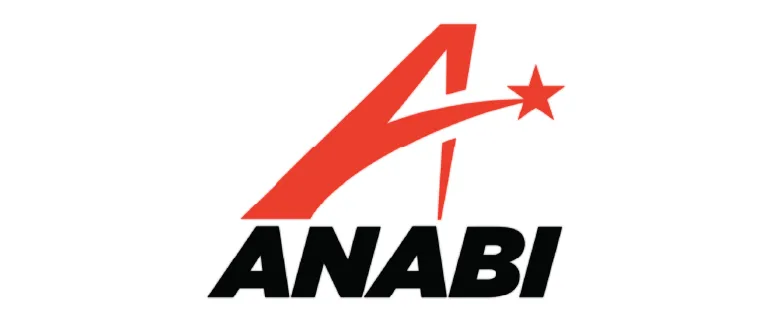Walmart has begun closing stores, as the retailer had previously announced.
 Most of the closings involve the Express stores the company began opening over the past two years in the belief that it could more successfully compete with the likes of such small-store retailers as drug and dollar stores with convenience-oriented stores than the big box emporiums that constitute its core business.
Most of the closings involve the Express stores the company began opening over the past two years in the belief that it could more successfully compete with the likes of such small-store retailers as drug and dollar stores with convenience-oriented stores than the big box emporiums that constitute its core business.
With the closings, the retailer also announced staff reductions commensurate with the reduced workforce engendered by the reduction in store count.
As 2016 moves past its initial quarter, Walmart remains the major news focus, despite, or perhaps because of, its size and leverage. Still, other things are happening. Foremost among them is the continued growth of Aldi, the Germany-based grocery retailer that appears to have emerged as a mainstream U.S. grocery retailer. Quietly, Aldi has opened stores in markets throughout the U.S. and, somewhat surprisingly, these stores have gained traction with consumers. The attractions are two: price and private label. The first has been an Aldi trademark since its arrival in the U.S., as it was a calling card in Europe before its U.S. arrival.
As for private label, this too was an Aldi trademark before the retailer ever arrived in the U.S. The problem, initially, revolved around questions of quality. Now that problem appears to have been solved, and customers are as accepting of Aldi’s house brands as they are of the house labels of other U.S. retailers. And Aldi is posting some of the strongest sales increases of any U.S. retailer.
Otherwise, there has been little news of note. Walgreens continues to consolidate its Boots acquisition, though it remains too early to assess with certainty where the new entity is headed. Meanwhile, the company continues to search for a new chief executive to oversee both organizations, and questions remain about the direction the organization will take, now that it manages two very different drug chains. Also still unanswered is the direction of the company’s sprawling wholesale operation, which is a growing presence virtually anywhere on the planet — outside of the United States.
Similarly, such retailers as CVS and Target are producing sound results, though little information of a dramatic nature has been forthcoming recently. As for Rite Aid, the third of the major American drug chains, it is counting down toward completion of its acquisition by Walgreens, which should happen around midyear. Meanwhile, no secure figure has yet emerged concerning the number of drug stores Walgreens might have to divest before the merger is finalized.
The membership retailing market is still dominated by Costco, a company that continues to post some of the strongest performance figures retailing has seen in some time. Indeed, this retailer appears stronger today than it has been at any time in recent memory, opening clubs on a regular basis while continuing to post sales gains at existing units.
It is difficult to contrast Costco’s numbers with those of Sam’s Club, Walmart’s membership division.
But most news out of Sam’s confirms that that retailer is struggling, at least as its performance is compared to Costco’s. The problem with Sam’s, say many observers, is simply that it isn’t Costco. Then again, who is?
Elsewhere, regional grocery retailers continue to pace that retail segment, with the strong supermarket chains continuing to gather strength. Particularly noteworthy are the results turned in by Publix, H-E-B, Wegmans, Meijer and a handful of others, though Kroger must be added to this list, and the new Albertsons is expected to assume a leadership position in this calendar year.
Finally, the so-called “value” retailers have also had a relatively quiet first quarter, as they consolidate past gains. The new quarter should see an uptick in information — and in results.






